The demographics of the workforce are rapidly changing. By 2025, Millennials will make up 75% of the global workforce. By 2030, people of color will be the majority in the U.S. This means businesses must adapt to attract and retain top talent from diverse backgrounds.
A diverse workforce brings a wealth of benefits. Companies with diverse leadership teams are more innovative, make better decisions, and are more profitable. However, creating an inclusive culture requires nuanced strategies to support employees from all walks of life.

Recruiting a Diverse Workforce
Attracting diverse talent starts with inclusive recruiting practices. Job descriptions should use gender-neutral language and focus on required skills rather than degrees or years of experience, which can weed out qualified candidates.
Expand your candidate pool by building partnerships with professional associations, educational institutions, and nonprofits that support underrepresented groups. Ensure the interview panel is diverse so candidates see themselves reflected in your organization.
During interviews, watch for unconscious bias. Ask the same questions to each candidate, and use rubrics to grade responses objectively. Train hiring managers on bias mitigation strategies, like slowing down decision-making to reduce snap judgments.
Fostering Inclusion and Belonging
Simply hiring diverse talent isn’t enough. Employees need to feel welcomed, valued, and able to thrive.
Offer employee resource groups, mentorship programs, and leadership training to support marginalized groups. Make sure your policies, like parental leave and flex schedules, meet the needs of diverse employees.
Listen to your staff. Conduct anonymous surveys to suss out issues and act on feedback. Train managers on topics like microaggressions, unconscious bias, and cultural awareness.
Publicly recognize contributions from all team members. Use recognition software to allow peer-to-peer shoutouts. Celebrate collective wins, not just individual achievements.
Accommodating Religious Diversity
With many religions represented in the workforce, companies must accommodate observances like holidays, daily prayers, dietary restrictions, and dress codes.
Be flexible with time-off requests for religious holidays. Provide dedicated quiet spaces for prayer and meditation. Make sure dress code policies allow religious garments and hairstyles.
If you host events with food, provide kosher, halal, and vegetarian options. Avoid scheduling important meetings on significant religious days. Even minor adjustments can make employees of all faiths feel included.
Supporting Working Parents
Half of the workforce has parental responsibilities. Supporting working parents improves retention and reduces absenteeism.
Offer generous parental leave policies that go beyond legal minimums. Provide private lactation rooms and breast milk shipping services. Give access to subsidized emergency backup childcare.
Host parenting support groups and “bring your child to work” days. Be flexible on hours for school events and sick kids. Make sure workload expectations are realistic for parents.
Simple changes like not scheduling late meetings and allowing remote participation show your company values caregivers.
Accommodating Employees with Disabilities
About 10% of the global workforce lives with a disability. Reasonable accommodations allow these employees to excel.
Ensure your office and digital properties are accessible, with ramps, wide hallways, screen readers, and captioning. Provide assistive technologies like screen magnifiers and ergonomic equipment.
Allow flexible schedules for medical care. Offer sensitivity training so colleagues understand disabilities. Have clear processes for requesting accommodations.
An accommodating culture benefits everyone, including caregivers and employees with temporary disabilities.
Supporting LGBTQ+ Employees
One in four LGBTQ+ employees remains closeted at work. An inclusive culture where people feel safe being their authentic selves is key.
Use gender-neutral language in policies and avoid assumptions about relationships or family structures. Extend benefits like health insurance to same-sex partners.
Support LGBTQ+ staff through groups like Pride Networks. Make sure dress codes allow freedom of gender expression. Provide gender-neutral bathrooms and facilities.
Train leaders on chosen names and pronouns and eliminate heteronormative practices. Show commitment to LGBTQ+ equity through corporate social responsibility.
Tackling Unconscious Bias
Even the most diversity-minded organizations contend with unconscious bias that can influence decisions and interpersonal interactions.
Implement bias mitigation strategies like structured interviews, establishing clear promotion criteria, and requiring diverse slates for hiring and leadership roles.
Train your workforce on recognizing and addressing bias. Encourage respectful debate of ideas so no one hesitates to speak up due to fear of judgment.
If conflicts arise, mediate through open and non-judgmental dialogue. Be transparent about resolving issues. Making the effort prevents small rifts from becoming deep divides.

Measuring Progress
To create lasting change, companies must measure diversity and inclusion efforts. Anonymous employee surveys, retention and promotion rates, compensation equity studies, and recruitment data provide valuable insights.
Many companies now tie executive compensation to diversity goals. But beware of incentivizing just numbers rather than real cultural change.
Set realistic targets extending beyond representation to create an environment where every employee is empowered to reach their full potential. The nuances matter, so listen to your employees to learn what inclusion means to them.
By embracing the diversity of today’s workforce, companies can nurture innovation, improve decision-making, and gain a competitive edge. However, achieving these goals requires nuanced strategies to make every employee feel welcomed, valued, and heard.
Conclusion
The workforce is more diverse than ever, spanning generations, cultures, and identities. Harnessing this diversity is essential for business success but requires nuanced strategies to create a truly inclusive culture. By being proactive and intentional in your efforts – from recruiting and accommodations to training and messaging – your company can make all employees feel welcomed, valued, and empowered to thrive.
An inclusive environment fosters innovation, better decision-making, and a competitive edge. While diversity brings complexity, its benefits far outweigh the challenges. With thoughtful leadership and an unwavering commitment to belonging, your organization can navigate the nuances and build a workplace where everyone can contribute their unique talents, perspectives, and authentic selves. The result will be a richer, more creative, and more humane workplace that drives your business forward.





